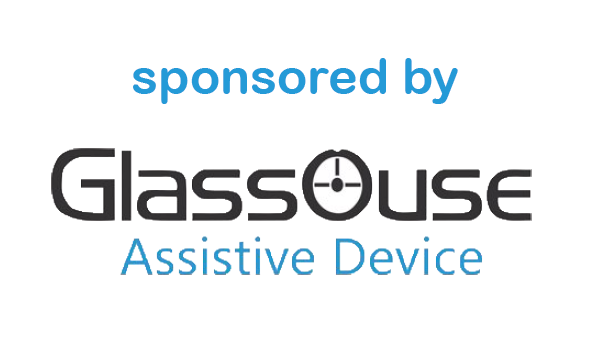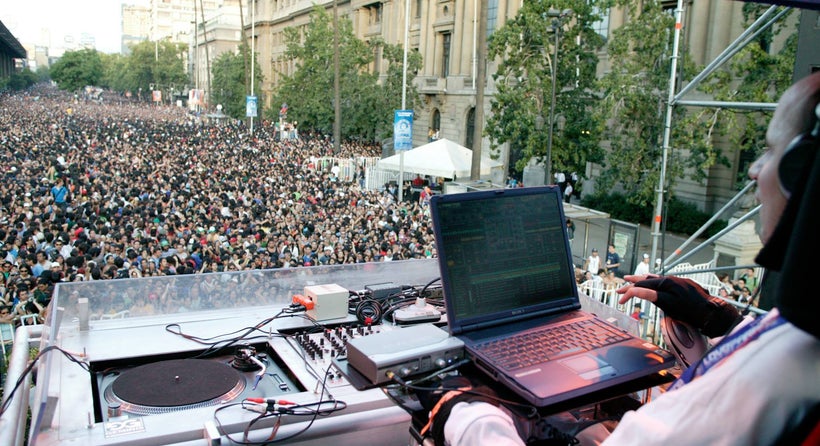How DJ Luke Santos continued his career with the power of his creativity, his voice and limited movement in one hand.
Few sensations must be quite so remarkable as moving thousands of people to dance into a frenzy, with the crescendos and decrescendos that you adapt on the spur of the moment. “A virtual orchestra,” as DJ Luke Santos calls it, but one that not only you conduct but also compose extemporaneously. Even more remarkable must be doing so when your own mobility is radically limited.
Luke Santos, the artistic name of Luis Santillán, is an Argentine DJ who, due to a Spinal Cord Injury (SCI), cannot move any part of his body beneath his shoulders. In 2002, he already had a blossoming career as a DJ playing in different venues all over the world, when the fatal accident in the south of Chile altered his life forever. The limits to his movement by no means limited the growth of his mind or his career. It was only after his rehabilitation that he began a rigorous practice of meditation and the composition of his own music.
By 2007, his rehabilitation had proved how far he could do when he made 300,000 people dance in the Chilean edition of the Love Parade. Today, he is based in Amsterdam and continues to collaborate with renowned DJs to produce new music.
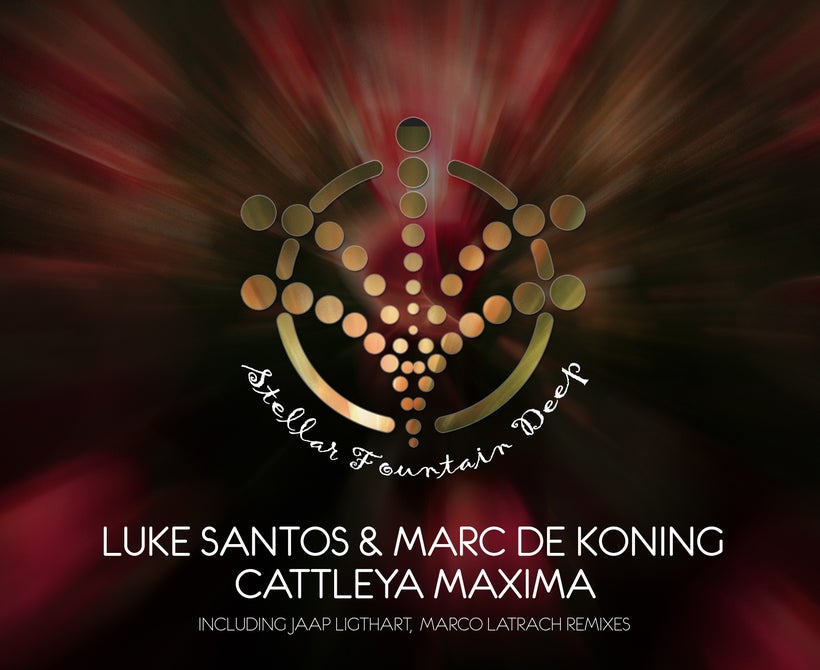
When did you start playing music?
Who or what influenced you to do so? When I was 16 years old, I went to the US for the first time and I snuck into a club, where saw a live act from an industrial group called Front Line Assembly. It blew me away, not only the sound, which was ridiculously loud, but the whole club. That marked me for life. I knew then that I wanted to be that guy on the massive stage, making people dance into a frenzy.
Back in Buenos Aires I got offered to play music in a classy residence that was doing mostly weddings and corporate events. So every Saturday I had a steady job playing music. It was easy and I was doing what I wanted. Although I wasn’t playing the music I liked, I thought: You have to start somewhere. Be patient and the time will come…
When did you start doing music or DJ’ing professionally?
Since my first gig doing events, I was already earning money. I was starting to understand what a professional entertainer was, but I didn’t consider myself a DJ. I was playing music with one turntable, one CD player and one cassette player, juggling with a mixer to get the music out, but I wasn’t mixing yet. After studying social communication in Buenos Aires, I moved to Miami, where I got my first professional gig as a DJ.
I didn’t make my own music yet at that time, because back then you needed a big studio with expensive machines and ultimately that was not my thing. I liked to be on the stage, in the spotlight, conducting a virtual orchestra and getting emotions out of the audiences.Who are the DJ’s or musicians you most admire and why? In my 25 years in the music industry I enjoyed an enormous variety of DJs and musicians, but the word “admire” applies to one DJ and one music group. Hernan Cattaneo is the DJ that put Buenos Aires on the electronic music map in the early 90s. But the admiration began when I met the man behind the music. In the time of the Super DJs, he was always the most humble and the hardest working. I learned a lot just observing his every move. His technique was impeccable. He always knew which sound and which emotions he wanted to transmit. A true talent, until today.
Depeche Mode was the only music group that I was a true fan of and still am. Their lyrics accompanied me in every stage of my life. Their sound changed and matured also at the same time as I did. But they always kept their own identity.
Describe the accident, when & how it happened:
In the summer season of 2002, I moved to a beautiful little town in the south of Chile called Pucón. I had prearranged gigs for the whole summer playing at the beach, in pubs and as a resident in the biggest club from Chile. I had only been there three weeks, when I went with my girlfriend to some thermal springs in the mountains, 100 km away from town. We had to come back early because it was too hot.
I was driving downhill on a narrow dirt road with countless curves, like any other mountain road. I had been driving 15 minutes when suddenly I saw a truck coming right at me. In a fraction of a second, I had a frontal crash with the truck and immediately I couldn’t feel my body. I am so tall that my head hit the roof, and the impact of the whiplash broke my 4th & 5th cervical vertebra.
The best news that I had that morning was that my girlfriend Connie, who was sitting right next to me, didn’t even break a nail. I smiled for the first time that day after the crash.
“It blew me away, not only the sound, which was ridiculously loud, but the whole club. That marked me for life. I knew then that I wanted to be that guy on the massive stage, making people dance into a frenzy.”
What was the most challenging part of your recovery & how did you overcome it?
The recovery began since I left the hospital and I moved to my mother’s house. I couldn’t have done anything without her. The recovery will continue nonstop until the end of my days.
The hardest part was the first days, the first months and even the first years. There are no easy parts. When I had my accident, it wasn’t only mine. My family and loved ones virtually had the accident with me, and nobody knew anything about what it really meant to suffer from spinal cord injury (SCI). I had so many problems, from the most simple ones to the most complex.
The most positive thing that happened since the first few days in Chile is that I met My Spiritual Master who introduced me to the most advanced meditation techniques. He taught me how to create and harness energy for my personal enlightenment, allowing me to learn very quickly how to block pain, sorrow and distress.
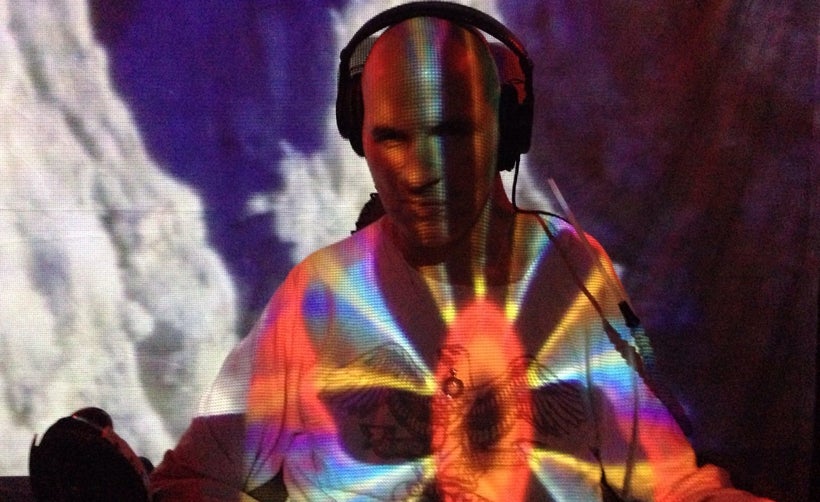
When did you start doing music again?
I always had the idea of making my own music, but I was never able to grow roots in one place, in order to have my own studio and invest large sums of money in synthesizers and everything that is needed to produce the best quality music.
At the end of 2003, I’ve met the best producer out there, he was the Dean of the EMBA (Electronic Music Buenos Aires). It was the best university to learn music production, except that he came to my house once a week instead of my going to class. Very soon, my teacher became my soul friend, Max Donato.
In that time I was so seduced by this new technology, that allowed me to make my own rhythms, sounds and beats, that I was sitting everyday for 12 hours in front of my Mac. Using only a voice recognition program to move the cursor around the screen and doing clicks only with the sound of my voice. By the end of the year I had made 15 tracks and 4 remixes.
How do you do music, technically speaking, with limited mobility and movement?
When I started to DJ again in 2005, I couldn’t do it with my voice program, because, obviously that would not work in a club. So, since I can only move my shoulders and a little bit of my biceps, I came up with the idea of a modified trackball to move the cursor in the screen that I could use with the limited movement from my arm. The click I’m able to do with a button right behind my head.
When I was ready to get on the stage again I had to do it with a computer program that was not even out for sale yet. I worked for Native Instruments as a beta tester for over a year playing in different clubs in Buenos Aires. In 2006, I was invited to play on the main stage at the Love Parade in Chile in front of 300,000 souls.
What is it that inspires you to persevere as a DJ?
My passion for music will never end, but I also have a mission as a Lightworker: to spread the message through music for as many people as possible.
These days the technology for making the best electronic music is so much more complex, that I cannot do it by myself like I did in 2004. My only option now is doing collaborations with music partners. At the of 2015, I made a hit single with a Dutch producer and a friend, Marc de Koning.
This year I had another hit single with another friend and a great producer, George Yammine. We released the EP on the most recognized record label in the history of house music, Global Underground. More productions and collaborations are right now in the making.
This was the only way to get serious in the music production, making the best possible music, accessing the best DJs in the world to play my music. Luckily, the spiritual message is reaching more souls than ever before!
Take a few moments to watch this video, it’s the story of South American DJ/producer Luis Santillan aka Luke Santos. His latest single, a collaboration with George Yammine on GU
Music was released very recently and shows what a remarkable man Luis is. Luke Santos you may remember was a working DJ, who after being discovered in Miami, toured the world spreading the progressive house message. Moving to Chile was both a blessing and a curse for Luke. Highlights included playing at the Chilian edition of the Berlin Love Parade, a tour the following year which took him across the country and a life-changing appearance on the Chilean Telethon, an event that collected funds for handicapped children.
He had it all, and then with a tragic car accident in January 2002, everything was taken away from him. His spirit, however, was never broken and years later as the video shows, Luke once again played in front of a sea of people in his beloved Chile for Love Parade.
It wasn’t until 2003, and with rehabilitation, that he began to take music production classes. But such was his passion, that by December the following year, he had finished 15 tracks and 4 remixes.
Now relocated to Amsterdam, Luke continues to make incredible music as the world’s only quadriplegic artist.
DJ MAG UK [Print edition April 2017]
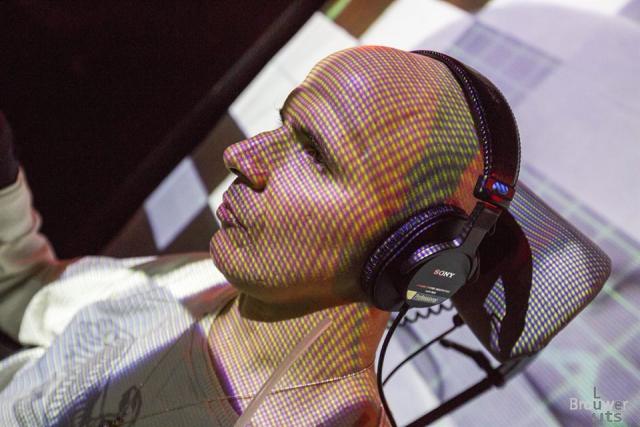
Luke Santos can handle the pressure: two of his highest profile DJs shows since he became paralysed from the neck down in 2002 have been nerve-racking season finale-style epics: Firstly his comeback gig, Santiago Love Parade in 2006 where he played a beta version of Tracktor live for the first time to an audience of 300,000. Then again, last year where he debuted another brand-new technology – the Glassouse mouse pointer glasses – to a packed-out Global Underground crowd at Amsterdam Dance Event.
“I was afraid that I was going to use it for the first time in front of a large audience,” he admits. “But I did it with Tracktor, I could do it again! That’s what drives me – the adrenalin and breaking new frontiers.”
Madly, Luke was going to quit music after his first comeback. But a few years after settling from Argentina to Amsterdam in 2008 the music bug came calling again… As did Glassouse, who’ve introduced him to technology that have dramatically increased his abilities. As did Global Underground, where his rich, redolent atmospheric sounds are the perfect fit. With new releases and new way of controlling his life, this marks the start of new chapter. Luke Santos 2.0: a DJ with 25 years of experience and an understanding of his unique role and how he can convert sceptical crowds.
“People are curious,” he agrees. “I’ve heard many stories of people in the Global Underground party who were looking for different music and all of a sudden there’s this guy on a chair with some Daft Punk style device on his head. It’s something people aren’t used to, there aren’t many people performing in this way. But by the time they leave they will know it’s not about whether you play standing up, sitting down or doing cartwheels, it’s about the sound and the music. That’s the only thing that matters: the emotions you’re able to transmit with your music.”
Expect him to transmitting emotions well into the future with forthcoming material on Global Underground and a further developments with Glassouse technology. The story of Luke Santos 2.0 continues…
Luke remains at the forefront of technology. He’s now sponsored by a company called Glassouse; head-guided mapped mouse control glasses with a mouth control for clicks.
“It gives me a rainbow of possibilities that is beyond what I had with my right arm,” says Luke. “There’s a lot more control and so much faster. The best thing is the guys who made it never imagined someone would use it to play music.”
Dave Jenkins – DJ MAG UK



